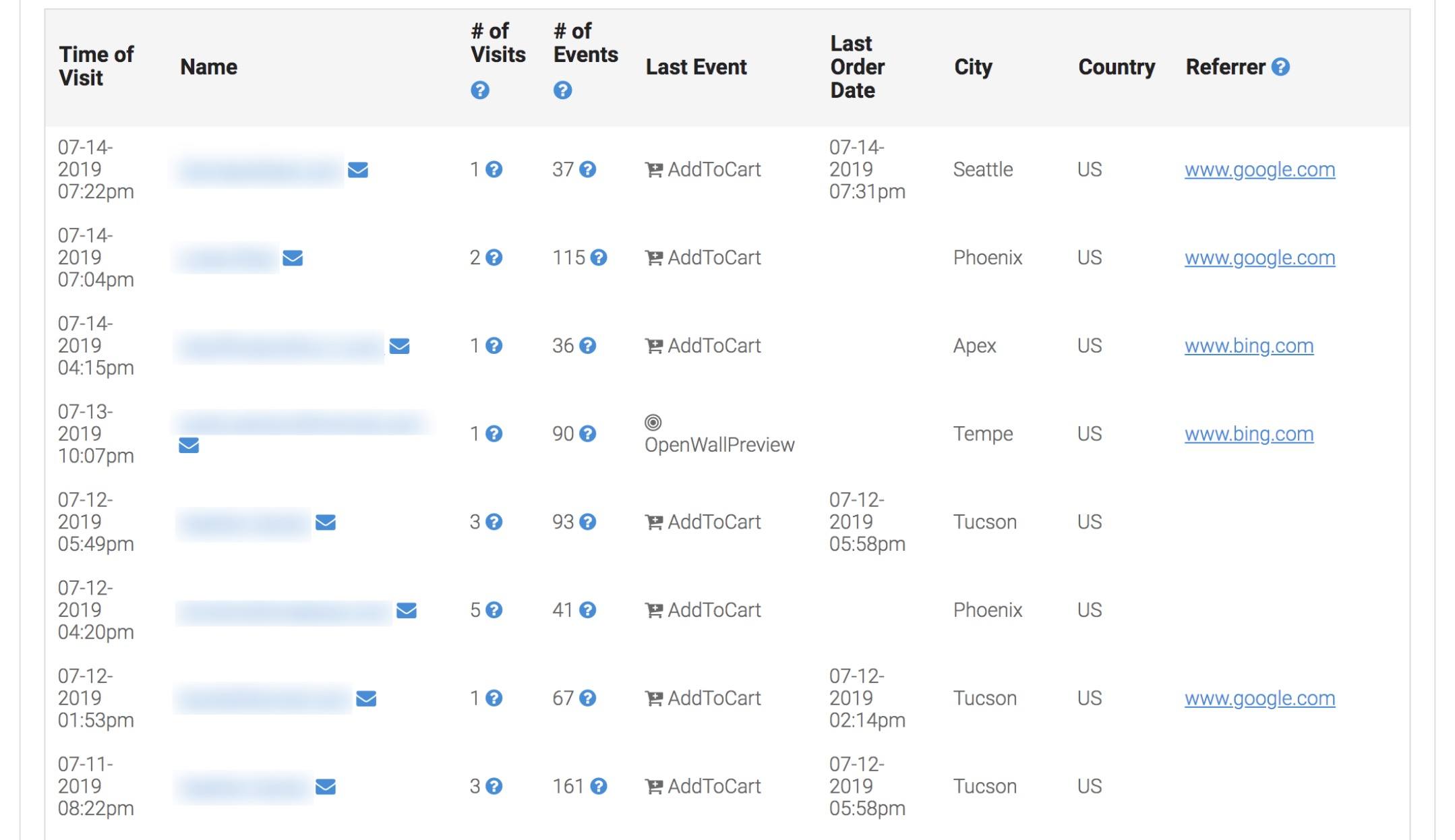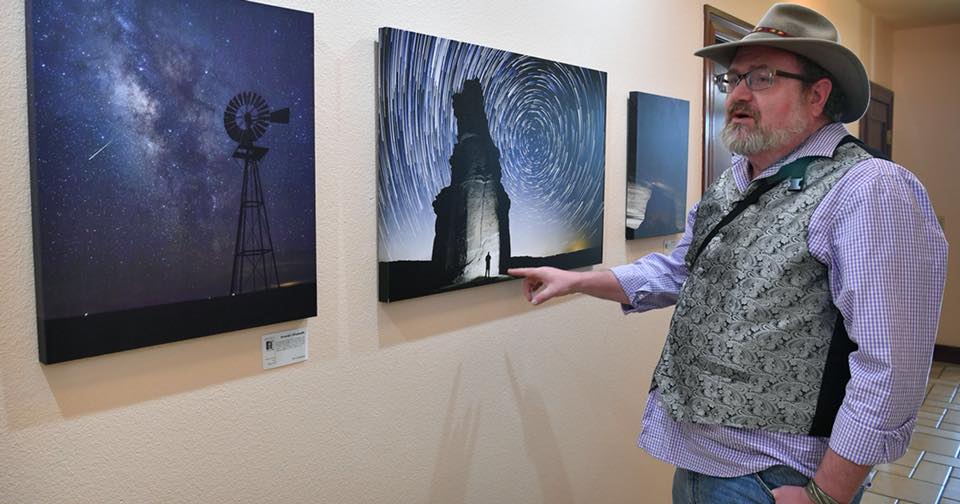
[new feature] Our Artificial Intelligence Finds Likely Art Buyers for You
Few things have gotten us more excited than the release of Art Buyer AI.
Artificial intelligence (AI) sounds complicated, but all you need to know is that it involves programming computers to do work that would otherwise require human intelligence.
By leveraging the speed and accuracy of AI, you can make incredible things happen - like, for example, materializing art buyers out of thin air.
Art Buyer AI delivers you a curated list of the likeliest art buyers that are actively visiting your site.
Abandoned carts are not enough - they only tell you who has actually added something to their shopping cart. These are the people who have already decided on what item they want to buy. In other words, they are one step further down the sales funnel. They are also a very small group.
What you actually want to know are the people who have not reached that step yet, and are hanging on the edge, trying to make a decision -- but have something in the way. This is a much larger group of people. Art Buyer AI tells you who these people are, so you can actually do something about it.

An example: say a wealthy collector from Spain has looked at two of your original paintings this week, or even tried it on his wall using the Live Preview with AR feature. You would want to know about it, right? Immediately. Because perhaps reaching out and making a connection is all that's needed to help them make a decision and close the sale.
Without this feature, you would have no idea this person exists, because they never actually added anything to their cart.
Just like how many in a store are "just browsing," ~90% of your site visitors will never make a purchase. Our artificial intelligence identifies the ~10% that you actually have a shot with and adds them to a list.
Whenever you have a few spare minutes, pop open the list. You'll find the names and email addresses of all your likely buyers. You can even see exactly what products they viewed on your site - whether they used key features like the Wall Preview or the Live Preview with Augmented Reality.
Using this intel, you can reach out to them directly with a personal email to offer your assistance, find out why they haven't purchased yet, and, hopefully, close the sale.

How's it work? We have years of experience monitoring how art buyers around the world shop, and we built an algorithm based on their behavior across the 3,000+ art-selling websites on the Art Storefronts platform. It's one of the key benefits of being an art-selling platform, and nothing else.
There are certain actions collectors take on a website when they are considering buying art. Signs that show they are very interested, despite having not yet made a purchase. Perhaps they've gotten stuck on choosing a size or a media type. Or maybe they just got distracted.
Either way, when these likely buyers visit your site, you want to know about it.
Our artificial intelligence uses tens of thousands of data points from real art collectors to identify when one has visited your store.
Better yet, it learns over time - meaning your art buyer list will only become more and more accurate and effective.

It's one more feature you can only get on Art Storefronts. One more feature no one else has. One more feature that saves yourself time and gives you that edge in the market.
And at the end of the day, it's one more Art Storefronts feature that's about making every possible art sale you can.
With Art Storefronts, your website is a robot that is working for you like an assistant specifically for your art gallery business. It is not a passive tool.
You see, sometimes people on your website just add something to their cart and checkout without a single question. It's the equivalent of someone marching into a brick-and-mortar art gallery (or an art show) and just making a purchase, without ever asking a single question. Those are the easy ones.
But that’s not how it usually works, is it?

Usually, in an art gallery or at an art show, you see a couple looking around your booth at various items, talking to each other, trying to make a decision. This is when you are supposed to approach them, introduce yourself and help them with their decision. You tipped the scales, and got them over the finish line.
You probably do this all the time at art shows. At the very least, you have probably walked into an art gallery at some point and noticed that the person working the floor approaches you almost immediately. This is not by accident - it is a proven methodology in retail selling.
The same goes with your online art gallery. You cannot look at it like this passive code. It is an art gallery, that happens to be online.
The same rules apply.
People are having trouble making decisions there as well, and you need to tip the scale and get them over the finish line too. This feature allows you to do just that.



